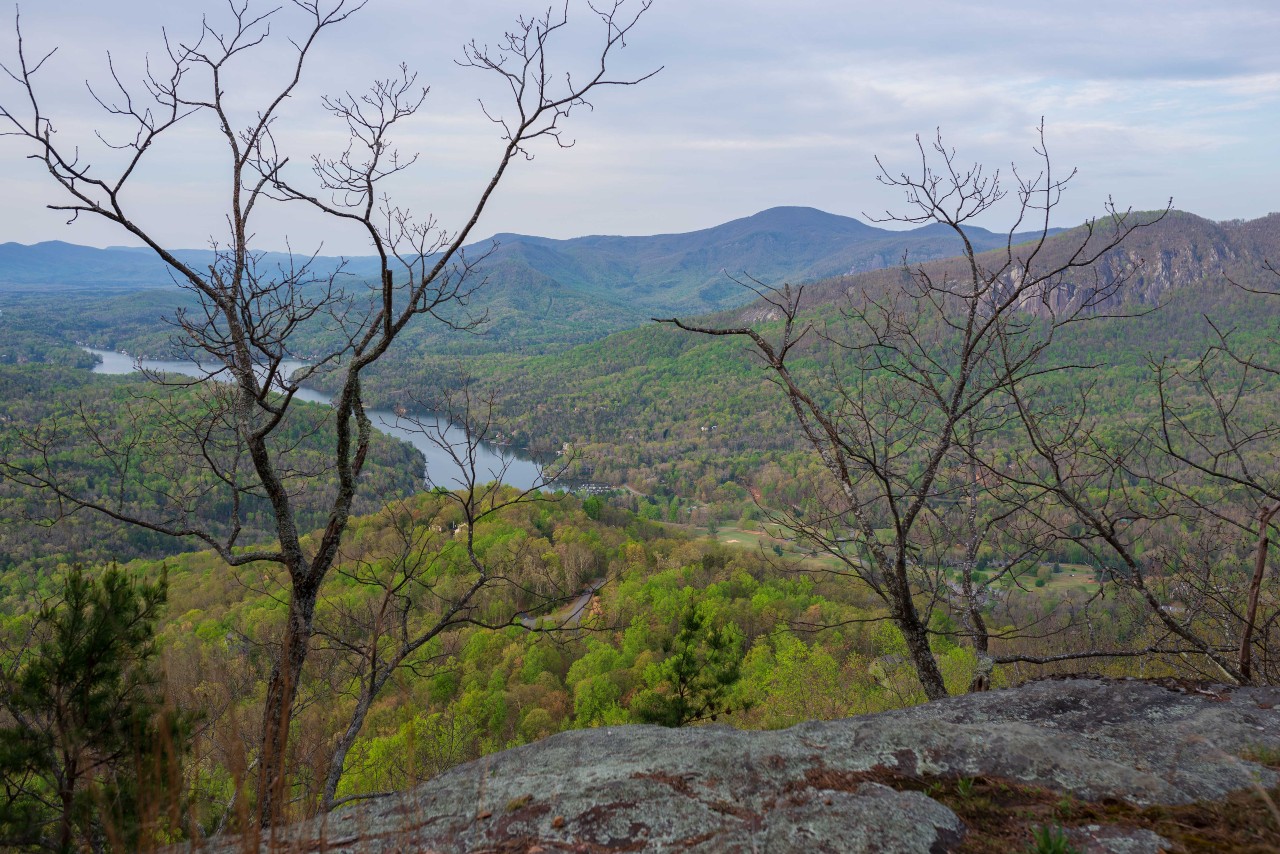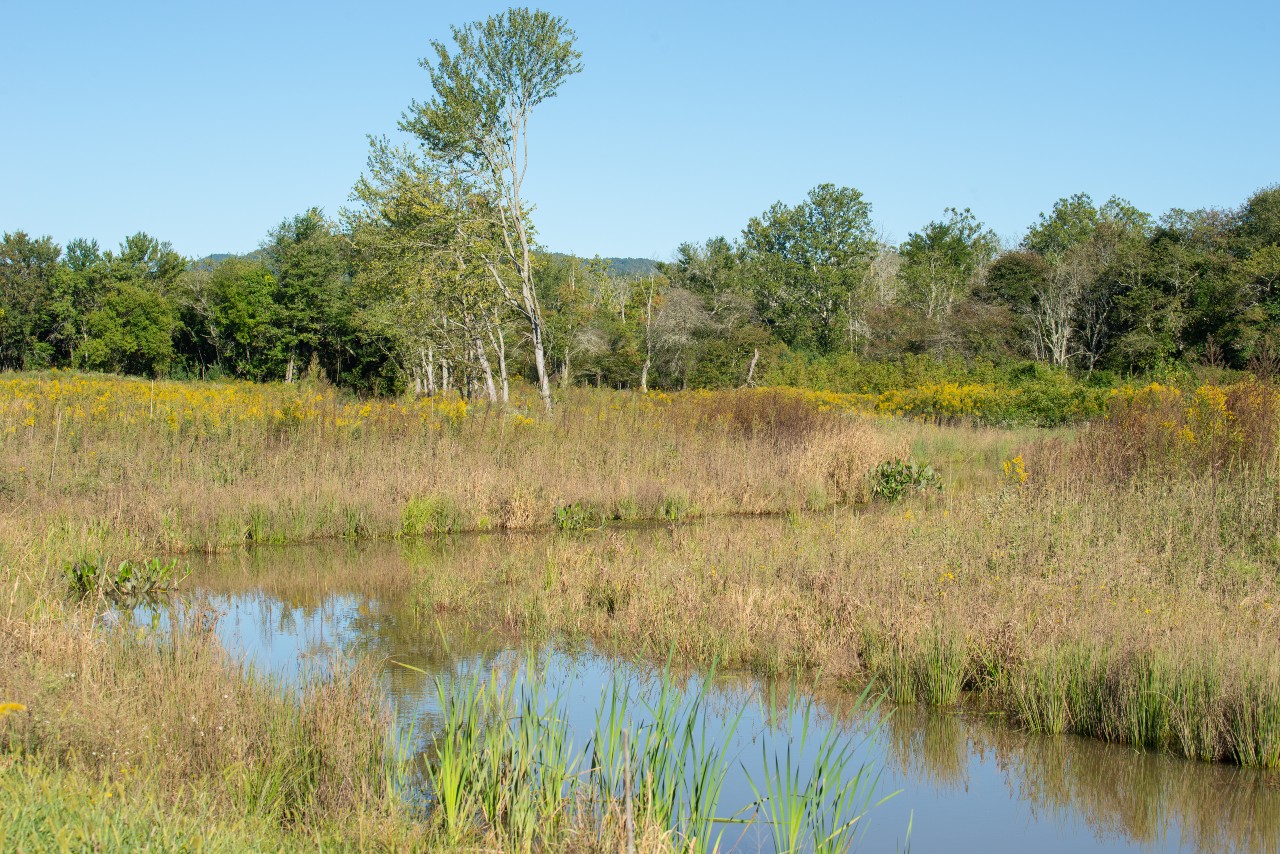When the opportunity arises to protect an important tract of land, we often need to move quickly and we need financing that meets our unique needs. We rely on a small network of private conservation lenders who loan us money that we repay at a modest rate of interest.
Our conservation lenders are the key to exceptional conservation projects—making it possible to protect invaluable forests, farms, rivers, wetlands, parks, and trails. If you are interested in supporting Conserving Carolina as a conservation lender, here’s some more information about how this works.

What is a conservation lender?
A conservation lender loans money to Conserving Carolina at a below-market interest rate to enable us to permanently protect land. The loan might fund our purchase of title to land or the purchase of a conservation easement from a landowner. Then the conservation lender patiently waits for Conserving Carolina to receive private donations, and public and private grants to fund repayment of the loan. Conservation lending is “patient capital” that we can depend on to get our work done.
Why does Conserving Carolina need the help of conservation lenders? Why don’t they borrow from conventional lenders?
- Our business model is anything but conventional. Conserving Carolina has an excellent balance sheet and offers credentials that would satisfy conventional commercial lenders. For example, we obtained a conventional loan to build our office building. But Conserving Carolina’s business model does not produce the commercial returns that reassure the typical commercial lender. We aren’t borrowing money to invest in a revenue-generating enterprise; we are borrowing to save the places you love.
- We often have to move faster than a bank’s loan committee can make up its collective mind. We work with our conservation lenders on an individual basis. Our typical conservation lender avidly follows our work and knows that we are discerning in evaluating conservation projects. We sit down with each lender and explain the merits of the project and what’s at stake if we don’t act.
- Public dollars come with strings. Public funding constitutes most of the funding for the majority of our acquisitions. Government officials have exacting requirements for the documentation we must submit prior to closing, requirements that exceed the generally accepted practices employed by private parties. Government budgets at the state and federal levels are often delayed, and these delays push back expected loan repayments.
- We sometimes need to borrow more than a bank’s rules will allow. A bank employs a loan-to-value ratio to determine the loan amount. For raw land, which is typically what Conserving Carolina protects, a bank usually will not loan more than 50% of the appraised value of the acreage and will insist on having a deed of trust (mortgage) to secure the loan. Usually, we need to borrow more than 50% of land value.
How will Conserving Carolina use my conservation loan?
Conserving Carolina conserves land in two ways. Sometimes we purchase the land outright, so that we become the landowner. We might hold the land indefinitely, or transfer title to a unit of government. In other cases we enter into a perpetual and legally binding conservation agreement with the landowner, known as a conservation easement. Ownership remains with the third party, but Conserving Carolina accepts the obligation to monitor and enforce conservation restrictions.
What are the typical terms of a conservation loan?
We prefer an unsecured loan for more than $25,000 bearing an interest rate of 1% for at least six months, and with the understanding that we may need to extend the loan for additional periods of six months for a period of up to two years. For any loan made for over 12 months, or that is extended for a period longer than 12 months, we expect to pay 1.5% interest. We pay a low interest rate because the conservation outcomes we achieve are priceless.
How can I become a conservation lender?
If you are interested in becoming a lender, please contact Kieran Roe at 828-697-5777, ext. 201, or [email protected] to learn about our current needs. Thank you for your support of conservation!
